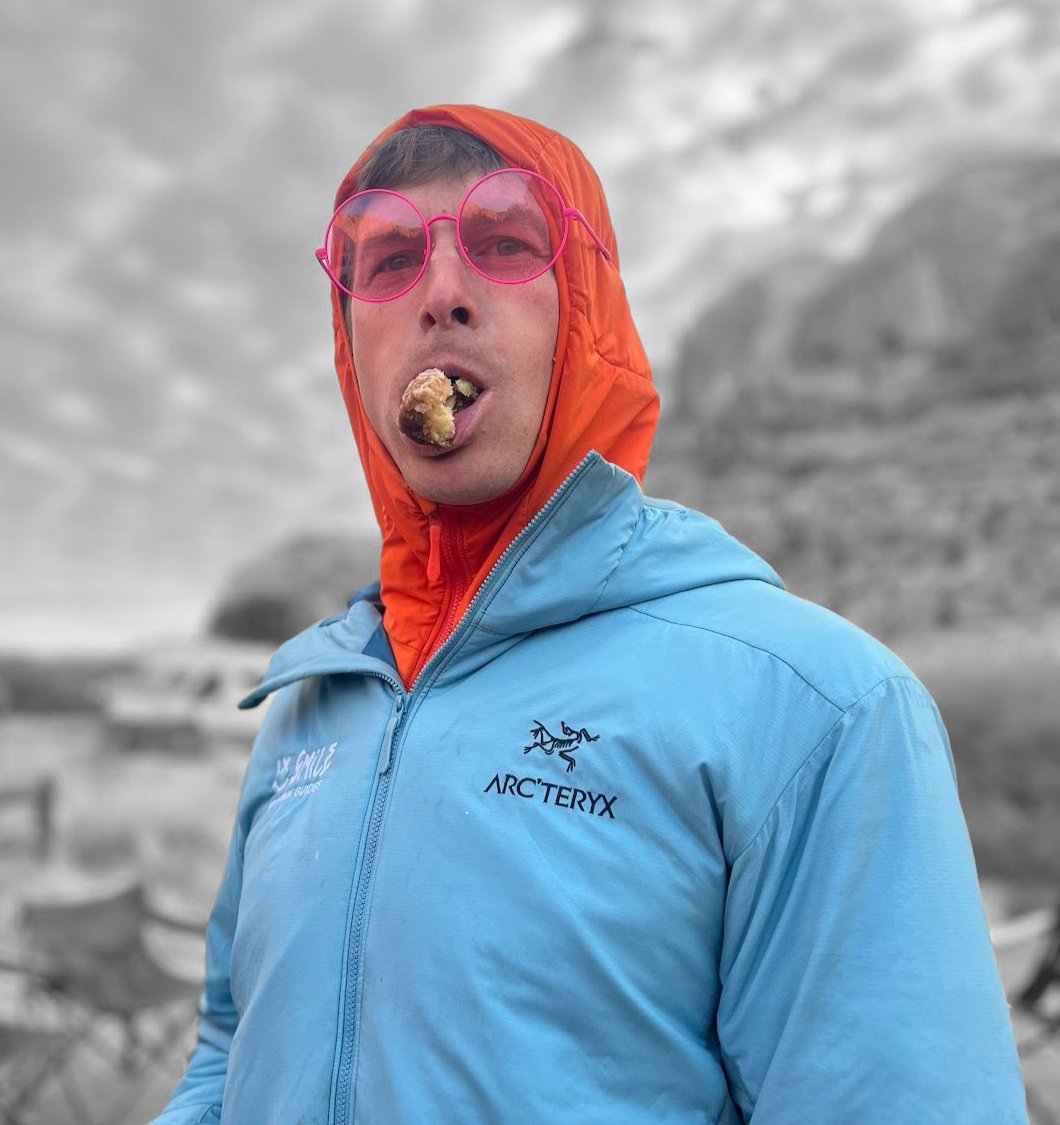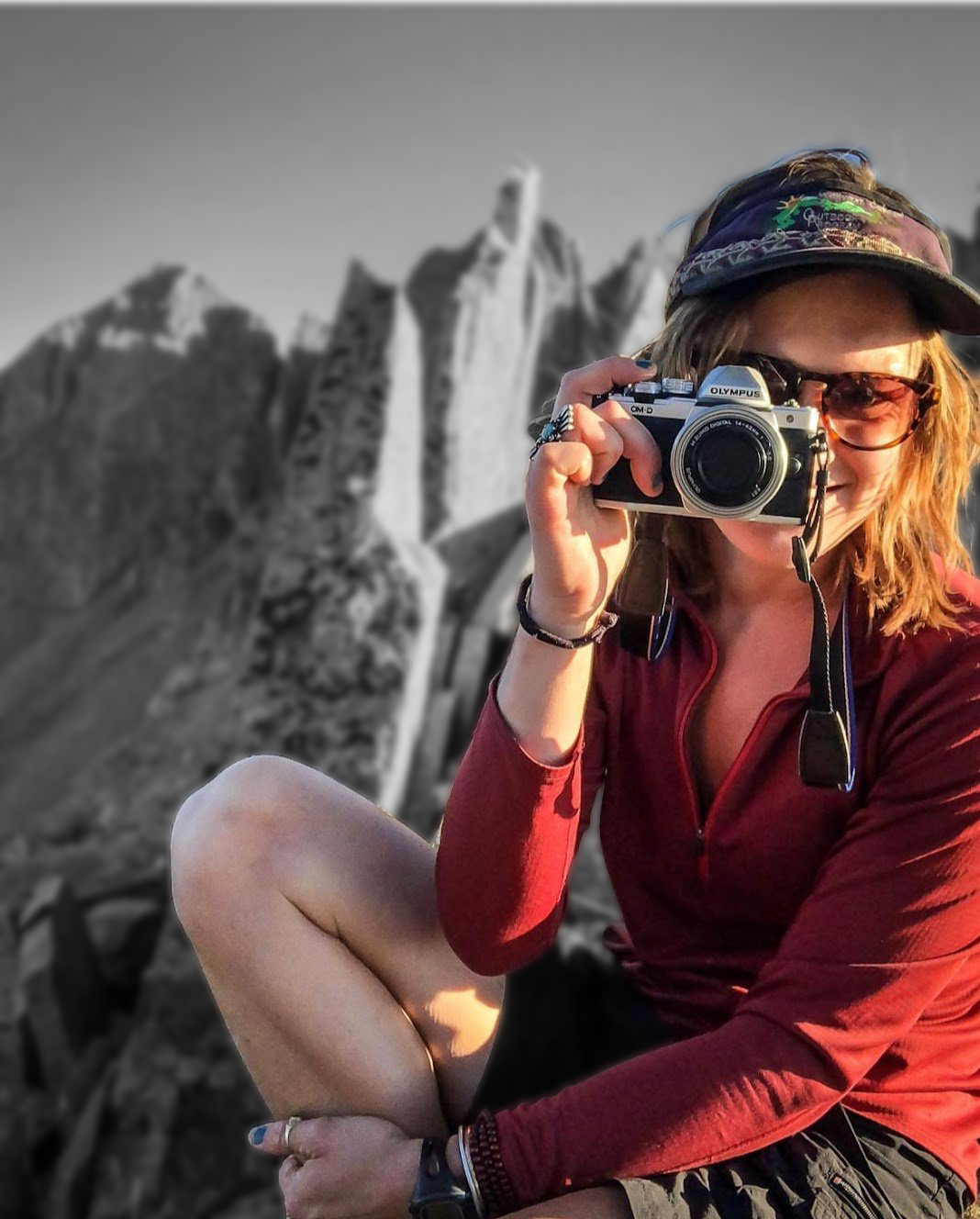
ALPINE BACKPACKING
Wild BAsin, RMNP
Eagle Lake
Wild Basin, RMNP
2-Day/per person:$400
Intro
Rocky Mountain National Park, Colorado
2-Day, 1 Overnight Alpine Trip
Escape to the mountains for an unforgettable weekend, backpacking in the alpine! Hike to the stunning Eagle and Box Lakes, nestled high in the Rockies. Learn essential backpacking skills, savor delicious backcountry dinners, wake up to breathtaking mountain views, and make some new friends along the way! Whether you’re seeking adventure, relaxation, or both, this trip is the perfect getaway.
Available Dates:
Fathers’ Day Weekend ~ June 14-15
Midsummer Weekend ~ July 26-27
-
Location: Rocky Mountain National Park, Colorado.
Trailhead: The Eagle and Box Lakes Trail is accessed from the Wild Basin Trailhead, which is located off the Wild Basin Road in the southern part of the park. This area is less crowded than some of the more popular trailheads, providing a more tranquil experience.
Route Description: The trail to both Eagle Lake and Box Lake is relatively moderate, with the Eagle and Box Lakes being a perfect combination of scenic beauty and rugged terrain.
After 2.6 miles, we'll reach Eagle Lake (10,250 ft) which sits at the base of the stunning Eagle Mountain. The trail to Eagle Lake is a gradual ascent, passing through forests and alpine meadows with beautiful views.The lake is a perfect place to relax and enjoy the surroundings, with jagged peaks towering above it.
From there we will continue to Box Lake (10,500 ft) which is a bit higher in elevation. This second lake is equally picturesque and offers a great spot to camp if you're planning an overnight backpacking trip.
Round-trip Distance: Around 12 miles and an elevation gain of around 2,000 feet. Be prepared for some steeper sections as we get closer to the lakes!
-
Backpacking Itinerary
Pre Couse Trip Call:
Guides and guests connect via Google Meet to discuss gear selection for the course, meet our new teammates, discuss the climb, and, answer any lingering questions the team has.
Meet at the trailhead
End Of Trip Debrief:
At the cars, we review the day; sharing the highs, lows, and learnings to ruminate more deeply on the experience. It is often customary (but not mandatory) to have a meal back in the town to celebrate the great days spent in the mountains!
Available Dates:
Fathers’ Day Weekend ~ June 14-15
Midsummer Weekend ~ July 26-27 -
ESTES PARK, COLORADO: GETTING THERE
Estes Park, Colorado is located in the Northeastern part of Colorado and is approximately 45 minutes from Boulder. A mecca for climbing, hiking, cycling, and foodies; make sure you plan to spend some time in town before and after your SMG trip. Estes Park serves as the launching point for all of our climbs in Rocky Mountain National Park.
*If you plan to combine additional days of climbing in Eldorado Canyon or The Flatirons then Boulder, CO is also a logical place to base your lodging for your trip.
The best option for flying to the area is through Denver, CO.
You will likely need to organize a rental car to drive to Estes Park from Denver. Typically in the summer months, you can choose any type of vehicle. Below are some approximate driving times to get to Estes Park, CO.
Denver, CO: 1.5 hours
Boulder, CO: 45 minutes
Colorado Springs, CO: 2.5 hours
Estes Park has many great hotels, suites, and vacation rentals for you to stay in while you’re in the area. Call our office at 410-982-8282 if you have any questions about what would suit you best for this trip! Below are just a few options catering to different lodging styles and preferences.
Boulder, CO also has many great hotels, suites, and vacation rentals for you to stay in while you’re in the area.
-
AUGUST 9, 1978, a bolt of lightning struck near Ouzel Lake in Rocky Mountain National Park and started a fire in a subalpine spruce-fir forest. In accord with a new philosophy that recognized the ecological significance of natural fires, park rangers monitored the fire continuously as it carried out its "cleansing" role. For days, the fire behaved as expected, spreading slowly and casting only an occasional puff of smoke into the sky. But then on August 23 and September 1, gusts of wind caused the fire to intensify and spread rapidly. As public pressure grew Park officials decided that the fire could remain wild no longer and assigned firefighter crews to control the blaze. With the help of snow and rain, containment seemed assured by September 11.
However, on September 15, winds exceeding thirty miles per hour swept out of the west, whipped the fire back into life and pushed it eastward toward the Park boundary. Residents of nearby Allenspark were alarmed at the rapid progress of the fire. People living in a housing subdivision even closer to the Park boundary found themselves directly in the path of the fast-approaching fire. Nearly 350 people prepared to flee or fight for their homes. Facing this emergency, some 500 firefighters scrambled to prevent the "Ouzel Fire" from escaping the confines of Rocky Mountain National Park. After days of strenuous effort, the fire crews successfully controlled one of the wildest elements of nature and kept the Ouzel Fire within the Park.
Since then, the natural environment has grown back abundant with, Aspens, Hollygrape, Junipers, Ground Squirrels, Cottonwoods, Fireweed, Marmots, Dippers, Spruce, Pikas, and more!https://www.nps.gov/parkhistory/online_books/romo/buchholtz/chap8.htm
-
This trip will only run with a minimum enrollment of 4 participants. We will monitor enrollment and be in touch 3 weeks prior to the start date. Invite your friends who might be interested in the weekend!
Please reach out if you have any questions.
-
FOOTWEAR
+3-Season Alpine Boot early season
+Socks
UPPER LAYERS
+Synthetic T-shirt
BOTTOM LAYERS
+Softshell Pants
GLOVES/HATS
+Buff
BACKPACKS
+20L-25L Climbing Pack
ACCESSORIES
+Sunglasses, Sunscreen, Lip Balm, Sun Hat
+Nalgene, Minimum 1.5L
+Climbing Snacks: 100 calories an hour!
EQUIPMENT
+Crampons early season
+Light Alpine Tool early season
+Belay Device w/Locking Carabiner
+3 Additional Locking Carabiners
+120cm Sewn Sling w/ Non-Locker
+Autoblock Cord w/ Non-Locker
Smile Mountain Guides can supply rock climbing gear including helmets, harnesses, ropes, cams, slings, carabiners, belay/rappel devices, ice axes, and crampons. *We do not provide alpine boots
-
BREAKFAST (~300 – 600 CALORIES)
Having a hot breakfast is important, especially in cold weather environments. Most climbers go with instant or quick-cooking hot cereals like oatmeal or Cream of Wheat, or dry cereals and powdered milk mixed with hot water. All of these meals taste better and provide more calories when fortified with dried fruits, nuts, honey, butter, and even chocolate chips! Tastier (and heavier!) breakfast ideas are included below.
For your course, you should have 4 breakfasts. About half of these should be basic meals to decrease weight on the mountain and the remaining can be more luxurious. Don’t forget your hot drinks!
Breakfast Ideas
– 1 cup of granola + freeze-dried fruit + 3 tablespoons of powdered milk mixed with hot water
– 2 packs of instant oatmeal + dried fruit + nut butter
– Dehydrated breakfast meal (check serving and calories)
– 2 packs of instant grits + bacon crumbles + cheese + butter + salt and pepper to taste
– 2-4 powdered eggs + 4-6 strips precooked bacon + tortilla
LUNCH (~800 – 1600 CALORIES) X 2
Lunch begins just after breakfast and ends just before dinner. It is the most important meal of the day and needs to have enough variety to keep you happy over your trip. Continuous eating of small quantities will keep up your energy levels for the whole day, especially on big travel/summit days where we will be on the move for 8 hours or more.
For your course, you need lunch food for 5 days. Determining the amount of lunch food to bring is difficult to gauge on your first mountaineering expedition. General guidelines are given below. The rule many guides work with is the weight of your lunch food should be equivalent to the weight of your breakfast and dinner food added together.
Each day it’s nice to have a “real” food item. You may consider some of these tasty sandwich/wrap combinations:
1. Start with a hearty bread product: flatbread, bagel, naan, flour tortilla, croissant, or pita pocket
2. Add protein: hard cheese, Laughing Cow cheese wedges (no refrigeration needed), cured meat, black beans or hummus, nut butter (we like Trail Butter because it comes in a squeeze pouch), tuna pouch, or smoked salmon
3. Add flavor/texture: dried fruit, chips, hot sauce, mustard, or pesto. Also consider, a hearty pre-made sandwich, leftover pizza, or a burrito for the first day of the course
In addition, pack snack foods to supplement any sandwiches or wraps, such as:
– Nuts (cashew and almonds personal favorite – can buy in 1lb quantities at Trader Joe’s)
– Jerky – beef, turkey, bacon, salmon, and tofu jerky are all great options
– Dried fruit (Trader Joe’s has an excellent selection prepackaged by weight)
– Peanut butter filled pretzel chunks
– Trail mix
– Cheese sticks/squares
– Plantain chips
For summit day or big travel days (approximately 2 on a 3-day course) focus on energy-rich food. On these days we travel for roughly an hour between breaks. At each break, you should be eating 200-300 calories (or about 1 energy bar). These days can have 4-8 breaks. These foods include:
– Energy bars – focus on bars with real ingredients. We love Probars, Pure Organic, Kit’s Organic, Larabar, and Chia Bars. If you are ambitious, try making your own!
– Energy chews (Shot Bloks or the like)
– GU’s, Cliff Shots, etc.
– Candy bars (Snicker’s are a favorite of most climbers)
– Gummy bears
DINNER (~800 – 1200 CALORIES)
For the greatest preparation and cooking ease, freeze-dried food is an option. Usually, these foods only require adding boiling water and are ready within minutes. Downsides to freeze-dried food are the cost, an increase in single-use packaging which must be packed out, uninteresting flavors or textures, gut issues from poorly re-hydrated meals, constipation, etc.
With slightly more effort but vastly reduced cost, any supermarket can be tapped for a wide variety of wilderness-ready prepared foods. Items like Knorr rice or pasta entrees in envelopes cook in 5 to 10 minutes, and are very tasty. It is best if you experiment ahead of time at home so that you know which you prefer. For those with a culinary creative streak, very tasty meals can be made up from scratch with only a minimum of additional effort. Items such as quick brown rice, quick or instant white rice, bulgur, instant precooked or dried beans, dehydrated vegetables, packaged or bulk sauce mixes, smoked salmon, exotic cheeses, and whatever spices and herbs you like or want to experiment with can be combined for tasty meals.
You will need 4 dinners for your course. Many guides bring soup packets, like instant miso soup, for each meal (unless the meal is already soup-based). These make great pre-dinner hot drinks and help us hydrated. Don’t forget your hot drinks!
Dinner Ideas
– 1 packet instant ramen noodle soup + sweet and spicy jerky (shredded) + parmesan cheese + dehydrated vegetables
– 1 pre-pouched Indian Meal (we like Tasty Bites) + boil in the bag rice + coconut oil (vegetarian/vegan depending on meal choice)
– 1 box mac and cheese + sundried tomatoes + tuna packet + red pepper flakes
– 1 box cous cous + sundried tomatoes + pine nuts + chunks of salami
+PREPARATIONS FOR THE KEYHOLE ROUTE
Technical Experience
Guests should have some experience hiking in the high alpine. If you want to build up to climbing and moving well in the mountains, please consider a day on Boulders, Flatirons.
Fitness
Excellent physical fitness is required. Climbers must be able to hike and climb for many hours while carrying a pack. Training for Advanced Alpine Climbing is a great fitness program to develop a strong alpine climbing base. 50% intensity is a good marker of alpine fitness for this route.
Meet The Team
FAQ’s
Longs Peak Keyhole QUESTIONS
The answers to our most commonly asked questions about The Keyhole Route on Longs.
-
PRICE INCLUDES
+Guide fees
+Park fees
+Group gear (trekking poles, helmets)
PRICE DOES NOT INCLUDE
+Personal equipment (see Gear List)
+Transportation
+Hotels/lodging in Estes Park
+All expenses incurred in the event of early departure (evac fees, extra hotel nights, etc.)
+Trip cancellation insurance
-
Smile focuses on small groups and ratios that meet the professional mountain guiding standard. These programs have a 4:1 ratio, and we can accommodate a maximum group size of 6 climbers with three guides.
-
Please click here to review our domestic cancellation policy.
-
Yes! This is a custom adventure.


















